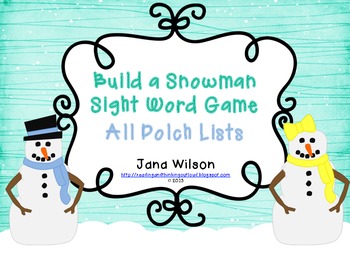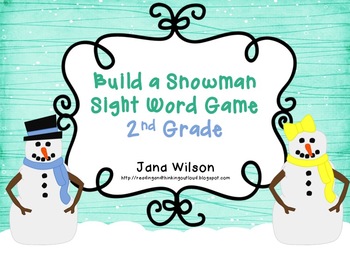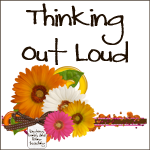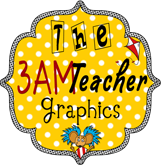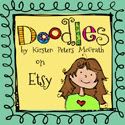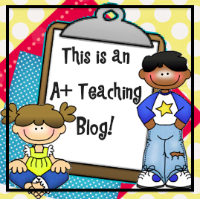
As teachers we gift our students with the ability to read by teaching them to be fluent and giving them the comprehension strategies they need in order to understand. Fluent
readers are able to comprehend the text better than non-fluent readers
because they are not using most of their brain to decode each word they are reading. There is more brain power available to put the comprehension skills to use. Non-fluent readers spend so much time decoding words that they lose the meaning of the text.
One way to help students become more fluent readers is to teach them sight words (words students are able to read without having to sound them out). Dolch sight words make up 50-75% of the words students read when they are younger. If they know that many words on a page, they are more likely to want to read the page because they are more confident.
How many sight words do you see in this excerpt from Charlotte's Web?
"Where's Papa going with that ax?" said Fern to her mother as they were setting the table for breakfast.
If a student spent of his or her time decoding the majority of the words, they would
completely miss the meaning of the words and couldn't begin to start employing their
reading strategies, like predicting what the ax was going to be used to do.
Another reason to teach sight words is that some of the words are not able to be sounded out or figured out using a picture. How do you sound out "where" when it should rhyme with were instead of air? What would a picture of "if" or "soon" look like?
So we know sight words are important. Now what? Here are some ideas on how to teach and practice sight words.
- Read aloud patterned books that contain many sight words like Brown Bear, Brown Bear, What Do You See. Seeing the words in an authentic environment is important for students. Once students are comfortable with the pattern, have them create a class book that follows the same pattern. Read their book creation many times together and place it in the classroom library. Believe me, it will be a favorite for them during library center.
- Games are a great way to help students practice their sight words. Once students have learned sight words in an authentic text, they need a chance to devote them to long term memory. Games were they have to quickly recognize sight words can help them.
For the duration of the blog hop, I am offering my Build a Snowman Sight Word game free to all blog hop participants. Just click the picture below.Now that the blog hop is over, the game has returned to a priced item. The game includes all of the sight words from the Dolch lists. There are two ways to play - students compete to find all the pieces of a snowman before the other players OR students compete to build the most snowmen. The only way to get a snowman part is to be able to read the word on the card.
- To those who visit after the blog hop, I have the 2nd Grade Dolch List Build a Snowman Game as a forever freebie.
I hope you were able to find at least one idea that will help your students on the way to becoming fluent readers by teaching sight words.
Thank you for stopping by my blog today! I hope that you enjoyed your gift and learned something new. If you would like to be the first to know about new posts, giveaways, and blog hops follow me on Bloglovin' by clicking the image below.

